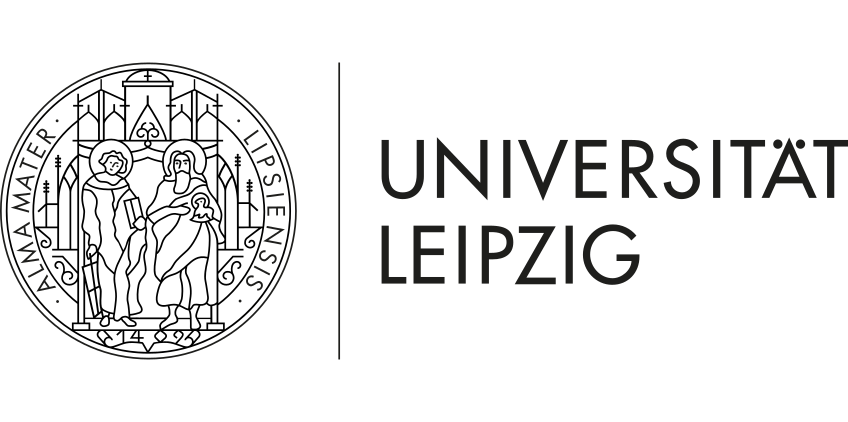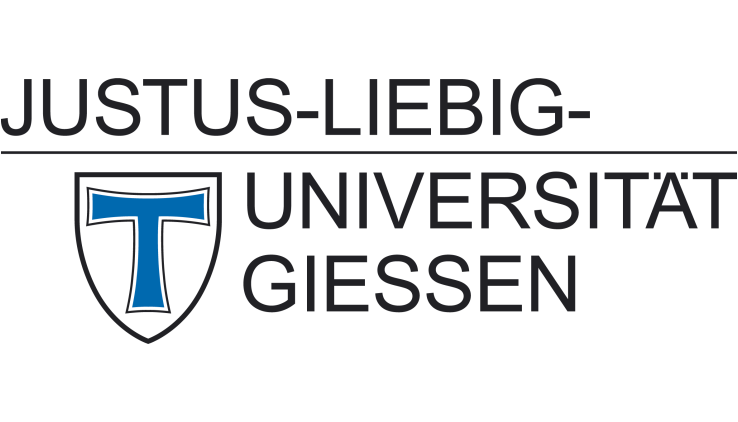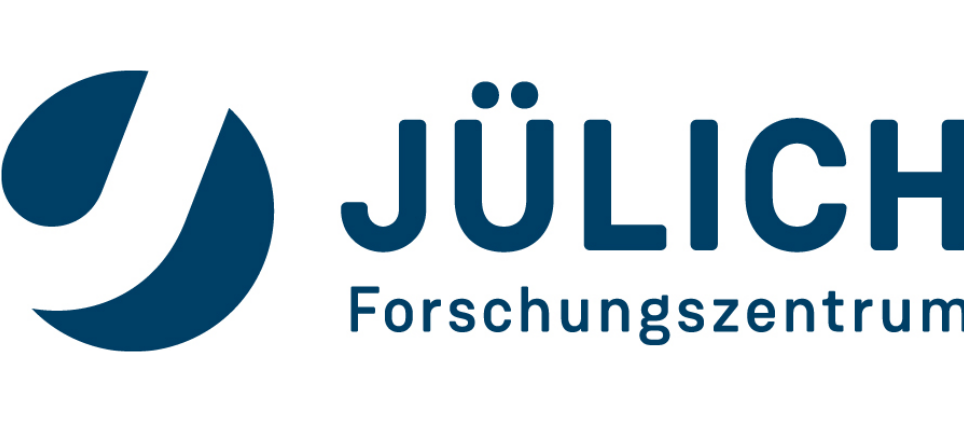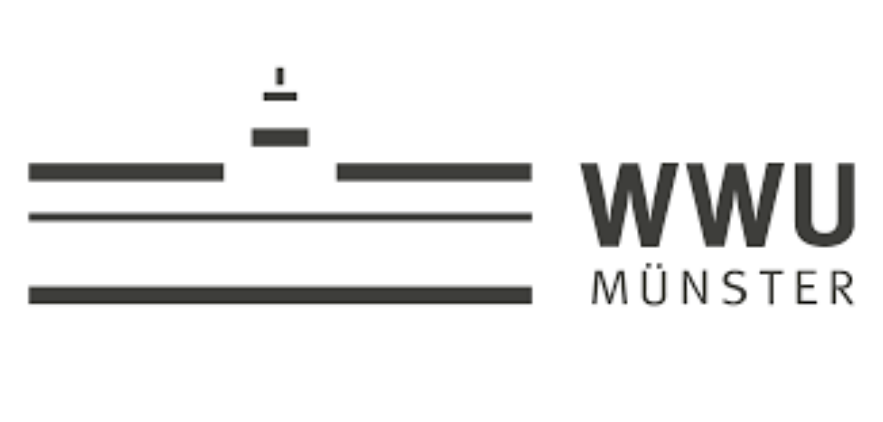Momentum space mapping of electron transfer processes in MoS2 – Publication by B6 (Höfer/Wallauer)
In a publication in Applied Physics Letters project B6 (Höfer) reports on a new experimental setup for time-resolved two-photon photoemission (2PPE). The method, which combines femtosecond pump-probe techniques with photoelectron spectroscopy, makes it possible to map the dynamics of electron transfer processes at surfaces and interfaces directly in momentum space.
The new experiment combines a high-harmonic generation (HHG) light source, developed and built in Marburg, with a state-of-the-art 3D hemispherical electron analyzer (VG Scienta DA30). The analyzer can measure electron energies as a function of both parallel momentum directions (kx and ky) without movement of the sample. The high-harmonic source gives access to the full 2D Brillouin zone whereas conventional 2PPE setups are restricted to electrons near the ? point.
The large parallel momenta, which become accessible with the new experiment, enable SFB 1083 to study electron dynamics at interfaces of many interesting new materials. Particularly, in the class of two-dimensional transition-metal dichalcogenides (TMDCs), most of the interesting electron dynamics take place at the boundary of the first Brillouin zone. Investigations of the intervalley scattering in the topmost layer of MoS2, a prototypical TMDC, demonstrate this capability. Electrons excited at the K-point are found to scatter to the Σ-point in less than 50 fs by directly mapping the electron population in k-space as a function of time.
The new experiment opens up the possibility to study charge transfer and exciton formation with 2PPE in a variety of systems, most prominently van-der-Waals heterostructures, which are a combination of different single-layer TMDCs. In these systems, upon excitation, charge transfer excitons can form. Their formation and relaxation pathways can now be examined by a direct mapping technique in momentum space.
Publication:
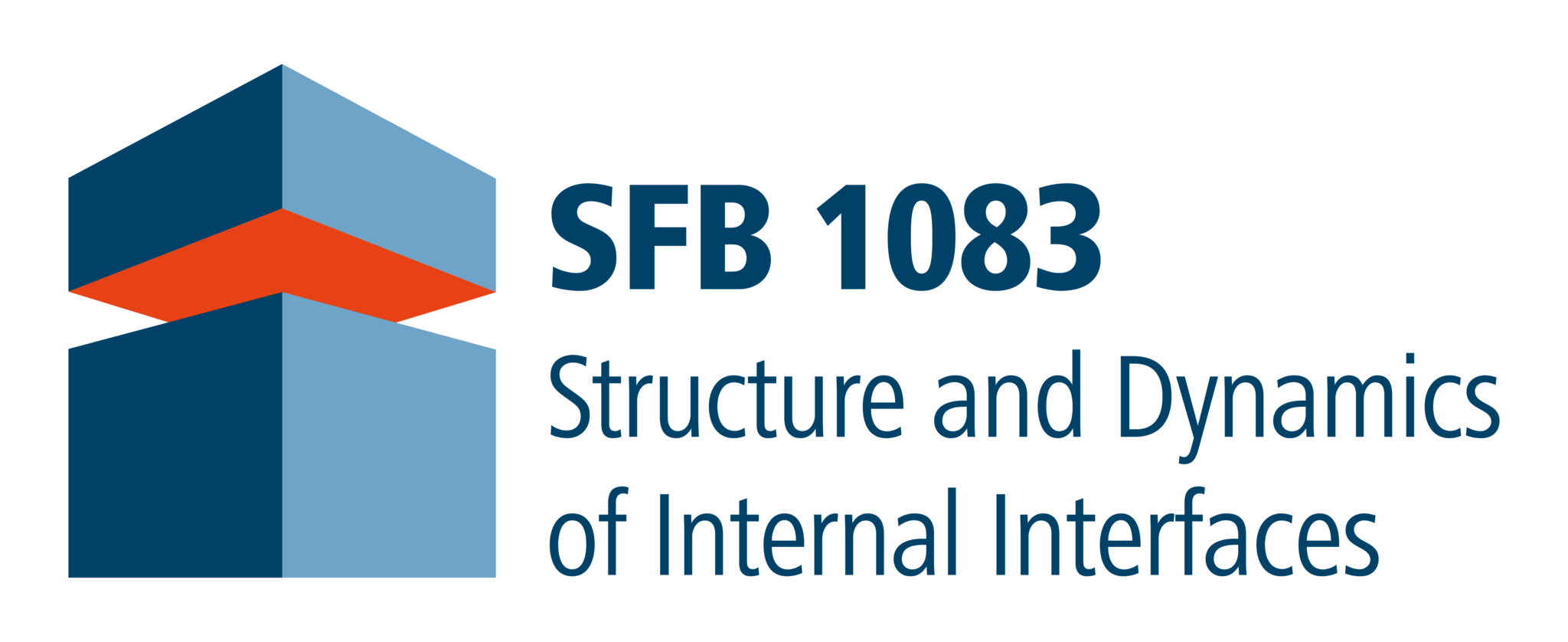
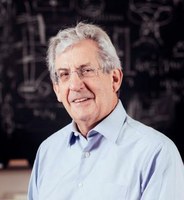 In a ceremony on Oct.7th, Aalto University conferred an Honorary Doctorate in Technology on Pedro Miguel Echenique, Professor of the University of the Basque Country (UPV/EHU) and President of Donostia international Physics Center (DIPC), together with another ten eminent persons in the fields of science, technology and society. The award, which is conferred every two years by Aalto University Schools of Technology, can look back on a tradition of more than 80 years, and among the recipients are renowned scientists, technologists and influencers in science and society with outstanding professional careers.
In a ceremony on Oct.7th, Aalto University conferred an Honorary Doctorate in Technology on Pedro Miguel Echenique, Professor of the University of the Basque Country (UPV/EHU) and President of Donostia international Physics Center (DIPC), together with another ten eminent persons in the fields of science, technology and society. The award, which is conferred every two years by Aalto University Schools of Technology, can look back on a tradition of more than 80 years, and among the recipients are renowned scientists, technologists and influencers in science and society with outstanding professional careers.
